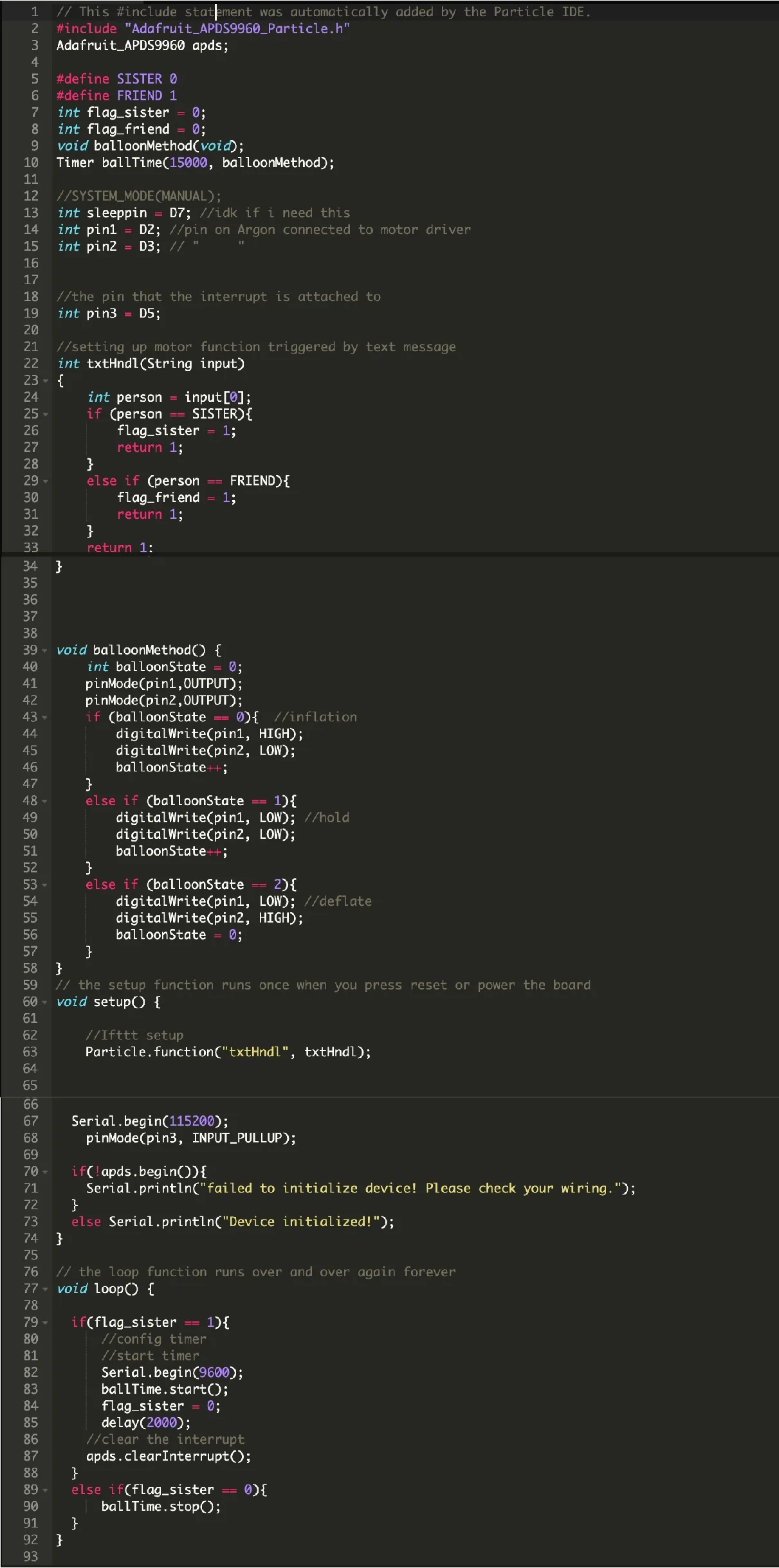process
I first began by gauging the range of pressures appropriate to most closely mimic the pressure of a human hand using a bike pump and later with a blood pressure cuff. After conducting several user tests, the ideal pressure was found to be ~ 0.58psi
I mocked up physical prototypes first with the idea of applying pressure to the entire hand. Using a latex glove, I needed a stiff material to prevent the glove from inflating away from the hand. MDF was the original solution, but the final prototype was made with a semi-flexible 3D printed SLA resin, and a latex balloon as the inflatable material for its elastic and airtight properties.
Take a look at my many iterations below, made of everything from compression gloves, to Ziploc bags, to balloons and pvc tubes.



